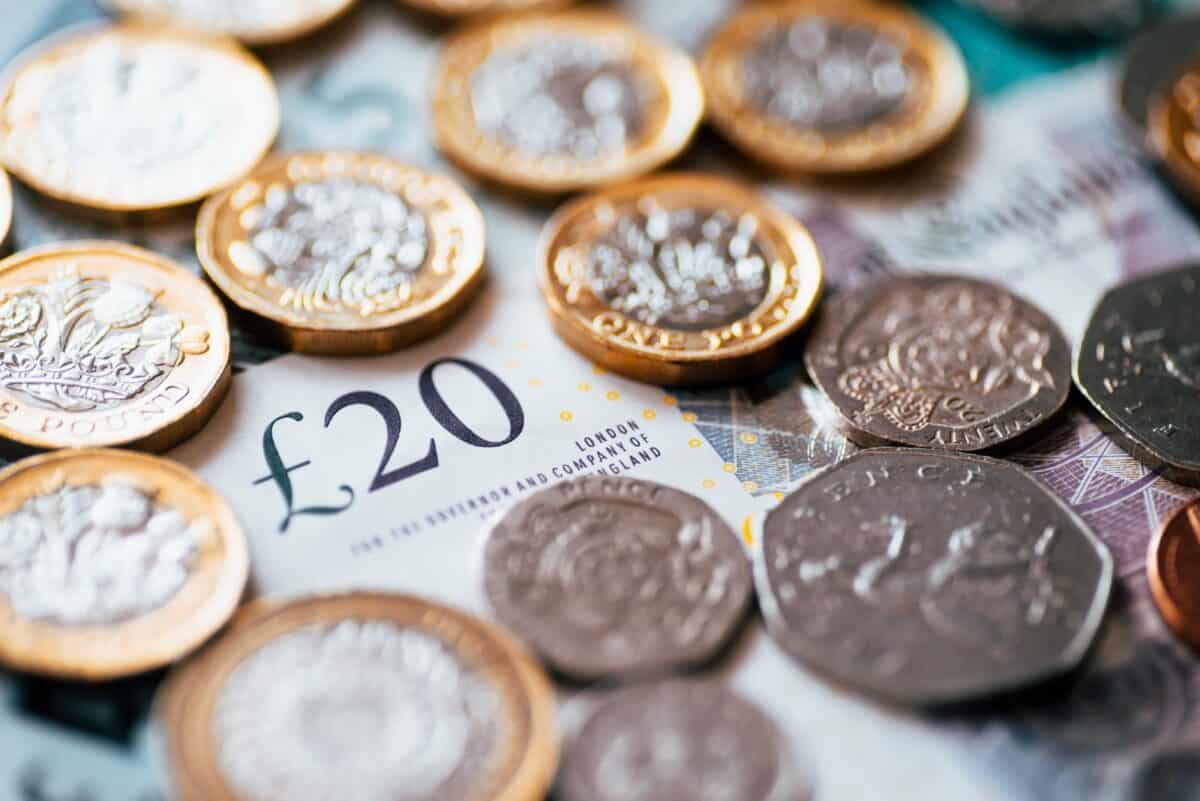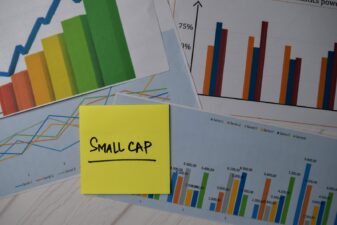Dividends are the ultimate form of passive income. That’s because besides from researching the company you want to invest in and keeping up to date with its activities, there’s very little you have to do.
If you trust the management of the company, there’s no decisions you have to make. You can just sit back, relax, and receive the profits it makes through the form of a dividend.
However, dividend yields aren’t exactly high. The average Footsie company pays out 3.6% annually on the value of their shares.
Should you invest £1,000 in Crowdstrike right now?
When investing expert Mark Rogers has a stock tip, it can pay to listen. After all, the flagship Motley Fool Share Advisor newsletter he has run for nearly a decade has provided thousands of paying members with top stock recommendations from the UK and US markets. And right now, Mark thinks there are 6 standout stocks that investors should consider buying. Want to see if Crowdstrike made the list?
Therefore, unless you have an extremely large amount of money to start off with, their contribution to your monthly income is likely to be minimal.
A long-term passive income strategy
Even though they may be a trivial source of income for you today, you can consider creating a strategy to make them a meaningful source of income in the years to come.
Firstly, you can consider setting up a Stocks and Shares ISA. This allows you to invest up to £20,000 a year into shares with no capital gains tax applied on the gains realised. This is a tax-efficient way to invest in shares.
Please note that tax treatment depends on the individual circumstances of each client and may be subject to change in future. The content in this article is provided for information purposes only. It is not intended to be, neither does it constitute, any form of tax advice. Readers are responsible for carrying out their own due diligence and for obtaining professional advice before making any investment decisions.
Then it’s time to pick shares to invest in. A great passive income portfolio makes use of growth and dividend shares. This is because growth shares will hopefully appreciate faster, increasing the value of the portfolio, while dividend shares pay out an income.
It’s important to consider that neither dividends nor share price appreciation are guaranteed. However, a well-diversified portfolio with a good mix of these shares could appreciate annually at 5% (on average) and provide a dividend yield of 5%.
If I invested £8,000 into such a portfolio and reinvested my dividends along with contributing an extra £200 at the beginning of each month, I could be left with £555,453.76 in 30 years’ time.
Applying my 5% yield to that, I’d be receiving £27,772.69 per year in dividends, which is £2,314.39 a month.
One stock I like
British American Tobacco (LSE:BATS) is one UK share that could be considered for this portfolio.
The company’s shares have had a strong 2024 so far, appreciating by 13%. Moreover, they’re currently sporting a dividend yield of 8.9%.
There are some serious concerns with its business model. For example, the number of smokers is declining, making it difficult to see a long-term future for tobacco products.
However, smoking remains a huge market. We can see this as the company still managed to increase its diluted earnings per share year on year in the first half of 2024 by 13.8%. The tobacco industry will eventually be extinguished, but we still have decades to go before this happens. Therefore, there’s still an opportunity to capitalise on it.
Meanwhile, British American Tobacco is preparing for the smokeless world, with smokeless products now accounting for 17.9% of the company’s revenue. For example, it has seen a 50% rise in the number of units of modern oral pouches its sold.
Finally, its shares are trading at a dirt-cheap valuation, with a forward price-to-earnings (P/E) ratio of just 7.4. Therefore, if I had the spare cash, now would be a great time to grab some.








